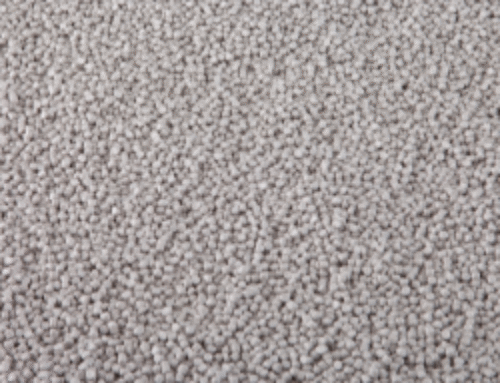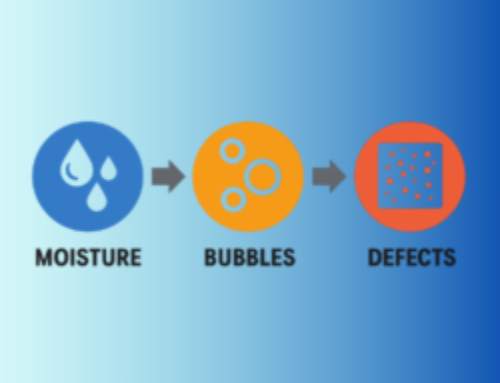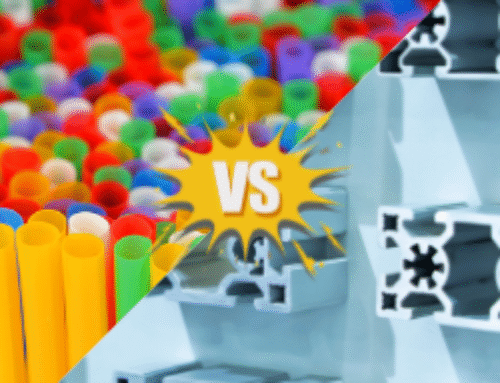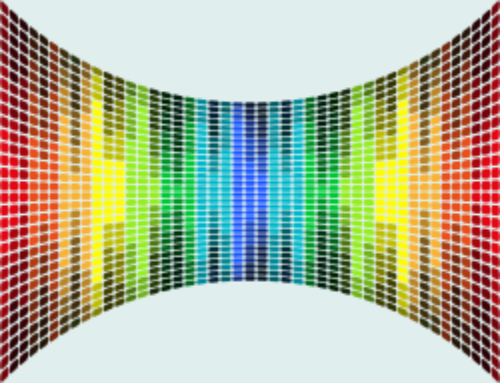Choosing the right resin is crucial in color compounding as it directly impacts the properties and performance of the final product. Different resins have unique characteristics such as strength, flexibility, chemical resistance, and processability. These properties influence how well the resin can be compounded with additives and pigments, how the color will appear, and how the product will perform in its intended application. For example, a resin with high chemical resistance may be preferred for packaging applications where the product comes into contact with harsh substances. On the other hand, a resin with high flexibility may be more suitable for applications requiring impact resistance, such as automotive parts. Therefore, selecting the right resin ensures that the compounded product meets the desired aesthetic, functional, and performance requirements.
Below are some of the most common resins that manufacturers work with:
Polyethylene (PE): PE is a versatile resin used in various applications, including packaging, toys, and pipes. It is compatible with many pigments and additives, making it suitable for color compounding.
Polypropylene (PP): PP is another widely used resin known for its chemical resistance and strength. It is often used in packaging, automotive parts, and medical devices.
Polyvinyl Chloride (PVC): PVC is a durable and versatile resin used in construction, healthcare, and automotive industries. It can be compounded with pigments and additives to achieve desired colors and properties.
Polystyrene (PS): PS is a rigid, transparent, and lightweight resin used in packaging, electronics, and appliances. It can be easily colored using pigments and additives.
Acrylonitrile Butadiene Styrene (ABS): ABS is a tough and impact-resistant resin used in automotive parts, electronics, and consumer goods. It can be colored using various methods, including color compounding.
Polyethylene Terephthalate (PET): PET is a strong and lightweight resin used in beverage bottles, food packaging, and textiles. It can be colored using pigments and additives during the compounding process.
PCC also works with acetal (POM) and nylon (PA) resins, two popular materials that are typically costly to work with and really lets our no MOQ value proposition shine:
Polyoxymethylene (POM): POM a high-performance engineering thermoplastic known for its excellent mechanical properties, such as high stiffness, low friction, and good dimensional stability. When compounded with colorants, acetal resins can produce vibrant and uniform colors suitable for a wide range of applications, including automotive parts, consumer goods, and electrical components.
Polyamide (PA): PA is another popular engineering thermoplastic known for its toughness, durability, and resistance to abrasion and chemicals. Nylon resins are often used in applications where strength and impact resistance are crucial, such as automotive components, sports equipment, and industrial parts.
The choice of resin is a critical factor in color compounding because it directly impacts the aesthetic, functional, and performance characteristics of the final product. Each resin has its own unique properties and advantages, making them suitable for different applications. Whether you’re looking for high strength, chemical resistance, or impact resistance, there’s a resin that can meet your specific requirements. By understanding the characteristics of different resins, manufacturers and designers can create color-compounded products that not only look great but also perform well in their intended applications.






